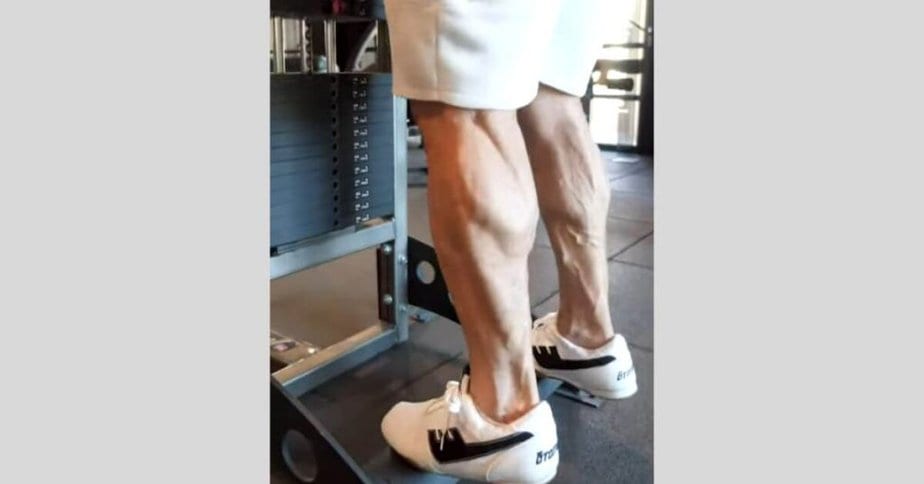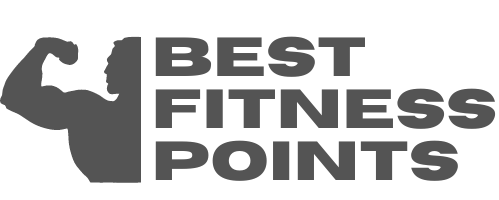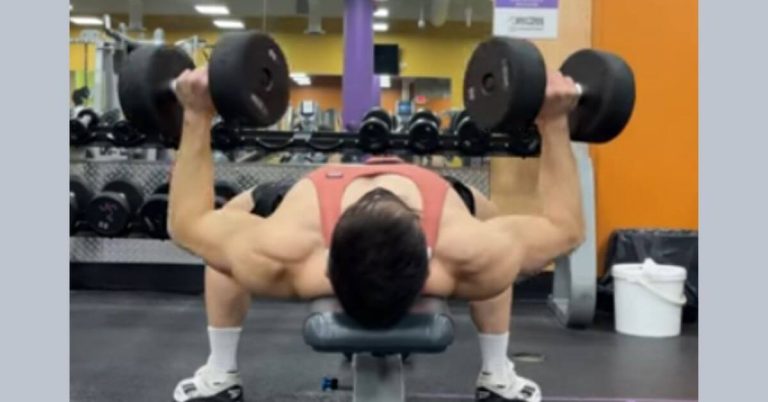Are 16 Inch Calves Big? Find Out Here!
Last Updated on October 15, 2023 by Justin Harris
Are 16 Inch Calves Big: Yes, 16 inch calves are considered big. Having well-developed calf muscles is often desired by many individuals, particularly those who are into fitness and bodybuilding.
Calves with a circumference of 16 inches are generally considered to be large. However, it is important to note that calf size can vary depending on factors such as genetics, body weight, and muscle development. It is also worth mentioning that achieving larger calf muscles can be challenging for some individuals due to the nature of calf muscles being difficult to grow.

We will explore more about calf sizes, factors that influence their size, and tips on how to train and develop them.
Average Calf Size For Men And Women
What is considered a large calf size for men?
A large calf size for men can vary, but generally, anything above 16 inches can be considered big. Men who lift weights regularly may have even larger calves due to muscle development.
What is considered a large calf size for women?
For women, a calf size above 14 inches can be considered large. However, it is important to note that calf size can vary depending on factors such as muscle development, genetics, and overall body composition.
The ideal arm to calf ratio
There is no specific ideal arm to calf ratio as it can vary from person to person. Some individuals may prefer a more balanced appearance with similar size arms and calves, while others may have different preferences. Ultimately, the ideal ratio will depend on individual goals and personal perception of aesthetics.
Factors That Determine Calf Size
Calves size can be influenced by a variety of factors. Genetics plays a significant role in determining calf size. Some individuals may have naturally larger calves due to their genetic makeup, while others may have smaller calves. Body weight also plays a role in calf size, as heavier individuals tend to have larger calves.
Regular exercise, specifically exercises that target the calf muscles such as calf raises and running, can help build and strengthen calf muscles. However, it’s important to note that the size of an individual’s calves can vary and may not necessarily indicate strength or fitness level. Ultimately, calf size is a combination of genetics, body weight, and exercise.
How To Measure Your Calf Size
Step-by-step guide to measuring your calves accurately:
- Start by standing barefoot on a flat surface.
- Wrap a measuring tape around the widest part of your calf.
- Make sure the tape is snug but not too tight.
- Take note of the measurement in inches.
Tips for choosing the correct wide calf boot size:
- Refer to the brand’s size chart for calf circumference measurements.
- Consider boots with adjustable calf widths for a better fit.
- Try different styles and brands to find the ideal fit for your calves.
Dealing with asymmetrical calf sizes:
- If one calf is larger than the other, choose boots that accommodate the larger calf.
- Use calf inserts or padding to fill in any gaps for the smaller calf.
- Consult with a podiatrist or orthopedic specialist for further assistance.
Tips For Building Bigger Calves
Tips for Building Bigger Calves:
- Incorporate weighted walking into your routine. Walking regularly with a weighted vest or backpack will help you develop the calves of a heavier person.
- Address common challenges in calf development. Many people struggle to build their calf muscles, but there are exercises and techniques that can help overcome this difficulty.
Effective exercises for calf muscle growth:
- Standing calf raises
- Seated calf raises
- Calf press on a leg press machine
- Jump rope
- Box jumps
The Influence Of Calf Size On Body Image
Social Perceptions And Preferences Regarding Calf Size
Calves are often a prominent feature of the legs and can significantly impact an individual’s body image and self-confidence. However, perceptions of what constitutes “big” calves can vary among different cultures and societies. Some may consider larger calves to be a desirable physical trait, associating them with strength and athleticism. On the other hand, societal beauty standards often prioritize slimmer, more streamlined leg shapes.
Understanding Personal Body Image And Confidence
It is important to remember that personal body image and confidence should not be solely dependent on calf size or any specific physical attribute. Body acceptance and appreciation for individual diversity are crucial for overall well-being. Embracing and celebrating the unique characteristics of our bodies, including calf size, can help promote a healthier self-image and reduce the influence of societal beauty standards.
Challenging Societal Beauty Standards Regarding Calf Size
Challenging societal beauty standards is essential in promoting body positivity and inclusivity. Recognizing that beauty comes in various shapes and sizes, including calves, can help shift the focus from unrealistic ideals to embracing individuality. By challenging the notion that only certain calf sizes are considered attractive, we can foster a more inclusive and accepting society that values diversity and self-acceptance.
Conclusion
Determining whether 16 inch calves are considered big depends on various factors such as height, body composition, and muscle development. While some may perceive them as large, others may consider them average. It’s important to remember that everyone’s definition of “big” may vary.
Instead of focusing solely on calf size, it’s more important to prioritize overall health and fitness goals. Don’t compare yourself to others and instead, focus on what makes you feel confident and strong.
Read Also,
- Are 15 Inch Arms Big?
- Why Doesn’t Creatine Dissolve?
- Are Spaghettios Good for Weight Loss
- Are 50 Lb Dumbbells Enough
- Are Pull Ups Better Than Lat Pulldown
- Are Face Pulls Good for Rear Delts
- Why Does Pre Workout Make Me Tired
- Why Does My Bicep Cramp When I Flex?
- Why Does Weight Feel Heavier Some Days?
- Why Does My Sternum Hurt When I Do Dips?






